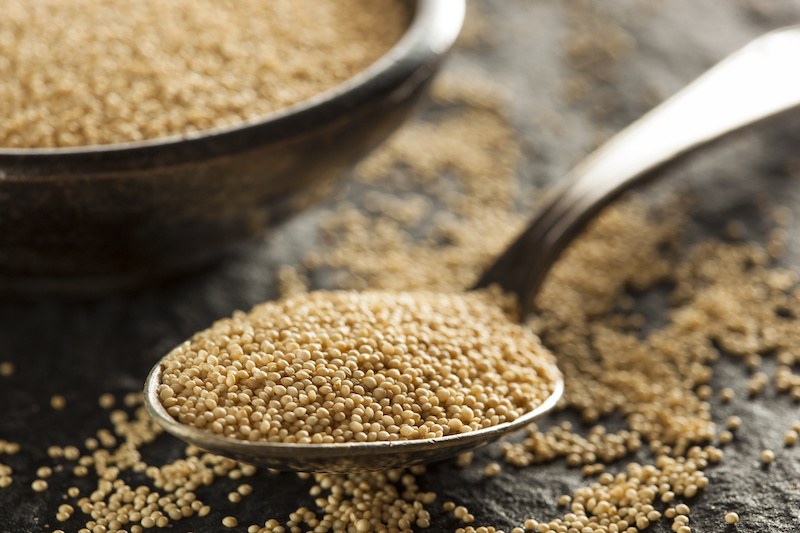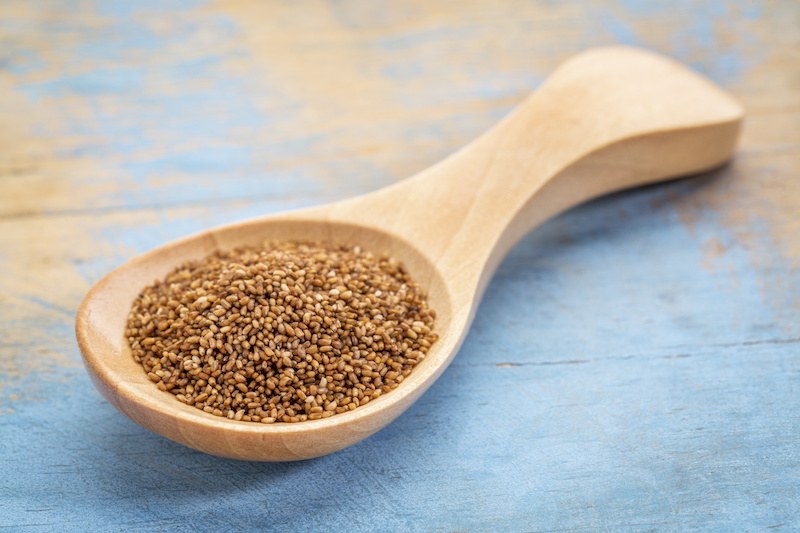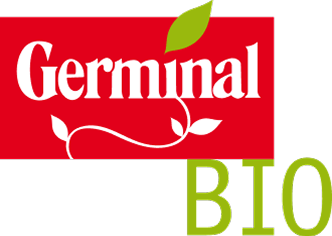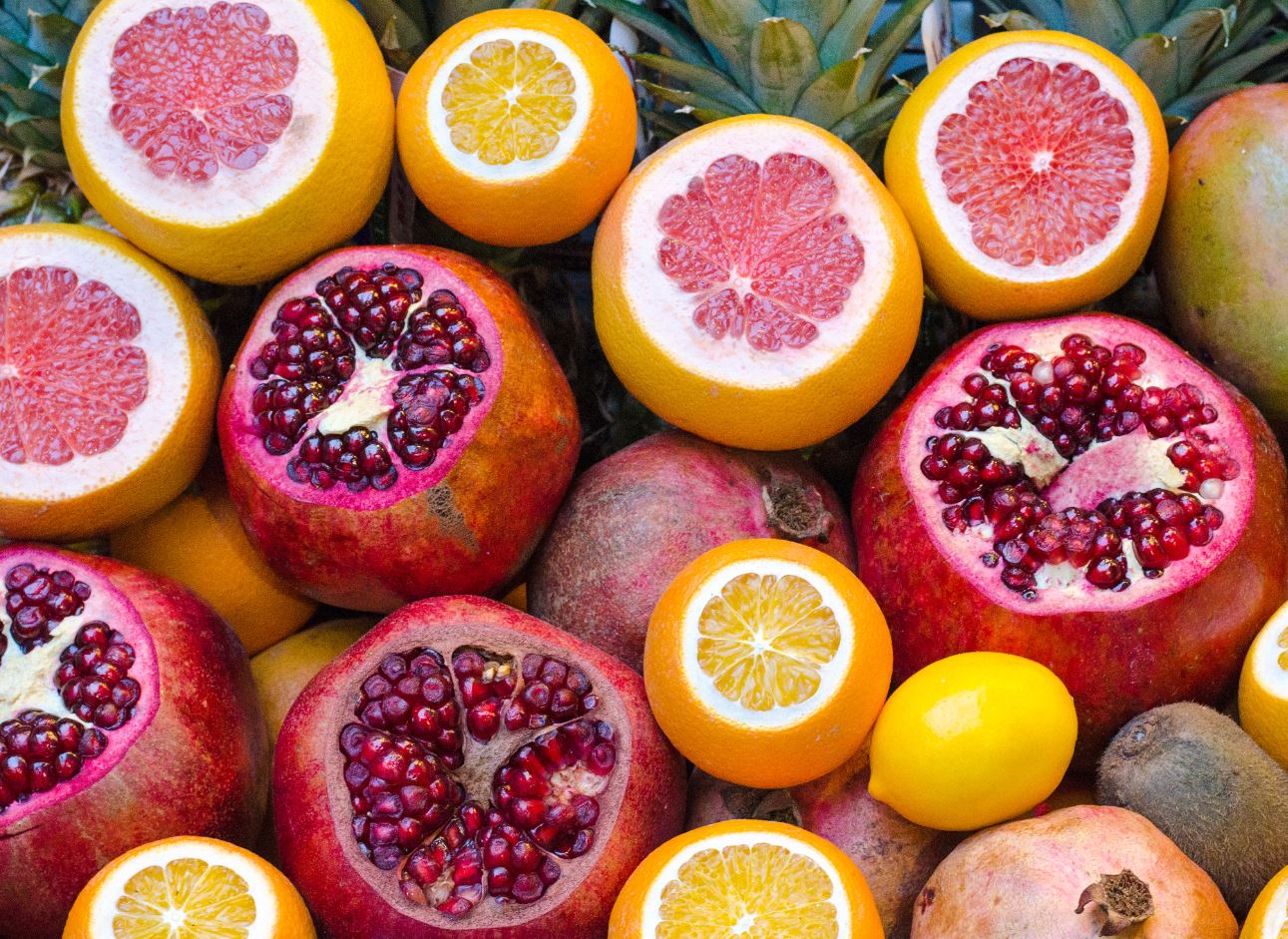
4 properties of amaranth (and a little trivia)

Amaranth is little known today, but even 3,000 years ago it was one of the main ingredients in the diet of the Andean peoples, along with quinoa and corn, due to its amazing properties.
Of this beautiful red-flowered plant, not only the seeds are eaten. In fact, the leaves are edible and are highly valued as an alternative to spinach, thanks in part to its high iron content.
But let's cut to the chase and find out what are the most important properties of amaranth.
It is gluten-free
.Amaranth being completely gluten-free, it is also a perfect food for those who suffer from celiac disease or are gluten intolerant.
Perfect for everyone
Amaranth contains a high dose of protein, making it an extremely nutritious food and valuable substitute for those on a diet that does not include animal protein.
Very versatile in cooking
.Because of its remarkable properties and versatility, amaranth can be used in so many ways. It can enrich soups or salads, be the base for puddings and cakes or, once reduced to flour, can be used as the base for all our favorite desserts and other baked goods.
Rich with... everything
Amaranth, as we have already seen, contains lots of protein, but not only that. In fact, we find a high content of fiber, calcium, vitamins and many other minerals.
And after the properties of amaranth...Trivia moment!
If I told you that amaranth has one important characteristic in common with corn, what would you think of? Popcorn! In fact, amaranth, when heated, behaves just like corn: the starch inside bursts out creating micro "popcorn" that can be used in cooking in so many different ways.
Can't wait to get your fill of the benefits of amaranth but with flavor? Then here is our Chocolate Plumcake with Amaranth to genuinely nourish your health!
You might also like
-
Our ingredients
 How to make a homemade blueberry tart? Find out here!
How to make a homemade blueberry tart? Find out here! -
Our ingredientsBe tempted by pomegranate: delicious and juicy autumn fruit
-
Our ingredients
 Mini guide on Teff cereal: the little guy with superpowers
Mini guide on Teff cereal: the little guy with superpowers


